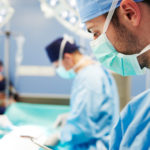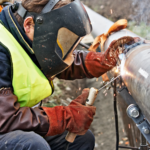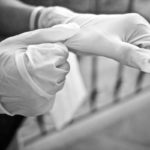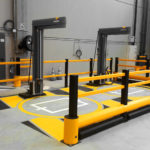Medical personal protective equipment is a special type of clothing that medical personnel wears in order to protect themselves from germs and bacteria. It acts as a barrier between you and bodily fluids that may contain harmful germs. Clothes, helmets, masks, goggles, and gloves all fall into this category.
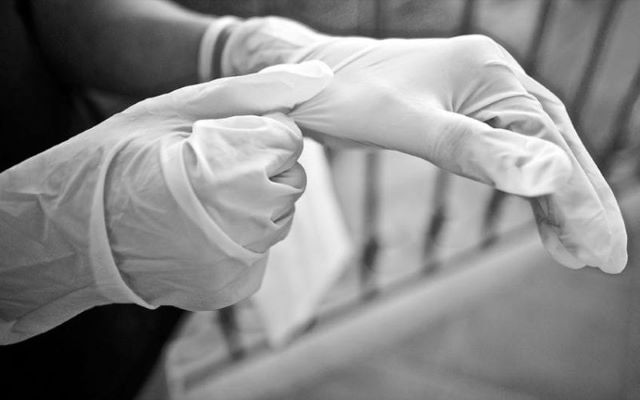
It’s commonly used in hospitals, laboratories and doctor’s offices, all the places where the risk of getting contaminated is high. This PPE protects your skin, eyes, mouth and nose, and if you use it properly, the risk of spreading infections is brought to a minimum. Also, to lower this risk even further, you have to properly remove it from your body and dispose of it in the right way.
Gloves
Gloves are an important part of medical PPE. You should wear nitrile latex free gloves when you’re exposed to blood, secretions, bodily fluids, excretions and when you come in contact with contaminated equipment. Gloves are used more regularly in healthcare as a result of greater knowledge among healthcare professionals of their potential to protect people against a range of harmful germs.
But there is a chance that you use them inappropriately if you don’t remove them on time or in the right way. Complete hand hygiene in between wearing surgical gloves is also important. Gloves are not a reusable product, and you should dispose of them after each use, so don’t try to wash or clean them in any way.
Sterile gloves are used mostly in sterile surroundings, such as a laboratory, and non-sterile ones when there’s a risk of contamination with viruses and bacteria. When it comes to the storage of gloves, you should always keep them in their original packaging placed on a dry and clean surface. It should be somewhere safe from spilled liquids and possible damage.
It’s not recommended for you to wear gloves inside the pockets of your uniform or clothes. There’s a risk of contamination. There are several types of gloves made from different materials. They all have specific purposes and ways to use them.
Polythene
Polythene gloves are very thin. That’s why they’re prone to wear and tear even to the slightest inconvenience. Even though some healthcare institutions use them, they’re not appropriate for this usage.
Vinyl
When put to the test, the vinyl shows that it’s less effective when compared to latex gloves for example. Its barrier doesn’t work that well and you may get in touch with viruses and bacteria. Also, vinyl gloves can be loose-fitting. This makes them unsuitable for procedures that require a lot of stability and skill. Many healthcare institutions limit the usage of these gloves.
Latex
As we said before, latex is more fitting than vinyl. It also offers a stronger barrier against any microbes. These gloves need to be non-powdered and you should pay close attention to latex-related allergies. If the healthcare worker is allergic to latex there should always be a second option. The same goes for the patients. If you know a patient is allergic, stay clear of anything latex related and visit and examine them with other latex-free medical gloves. Many hospitals and healthcare centres stopped using these gloves because of the potential allergy-related risks.
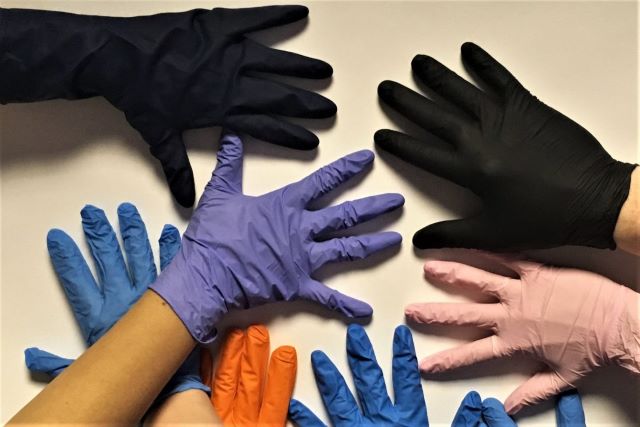
Nitrile
Nitrile also known as acrylonitrile is one of the most commonly used materials for medical gloves. They provide a great biological barrier between your hands and the microbes but are not very elastic. These nitrile latex free gloves are allergen-free and good for both wet and dry working conditions. They sometimes have thickened palms, and textured fingertips to improve your motor skills and extend their durability.
Medical Gowns
Medical personnel use medical gowns in hospitals, laboratories and emergency rooms to protect themselves from any potentially harmful microorganisms, pathogens and bodily fluids. There are many options to choose from in terms of materials, sizes, levels of protection and sleeve designs. Every emergency and surgical operation requires a different gown, so knowing which type you need is important. There are 4 levels of protection:
- Level 1 – for basic care, standard isolation, and for visitors;
- Level 2 – for a blood draw, suturing, in intensive care and pathology lab;
- Level 3 – arterial blood draw, IV lines, in the emergency room and trauma cases’
- Level 4 – high-risk situations, infectious diseases, high fluid procedures.
There are three main types of gowns. The first one is the surgical gown which is used in moderate to high-risk situations. They can work for almost all medical scenarios, from level 1 to level 4 protection. The critical zones these gowns protect are the front and the arms. The back is almost always unprotected.
Surgical isolation gowns will work in any situation. They have the highest liquid protection. They are longer and provide complete coverage. The third group are the non-surgical gowns which are suitable for surgeries and invasive procedures. They cover almost every part of the body and offer a great liquid barrier.
When you choose medical gowns it’s important for them to be fitted. Gowns that are too loose can be a safety hazard and snag on some of the equipment. But if the gown is too tight it may restrict your movements and your ability to perform. Look for a breathable material that won’t let you feel sweaty while you work.
Always choose sterile gowns for maximum protection. You can go for disposable and reusable gowns, both of them can do the job well but the reusable ones can save you some money in the long run.
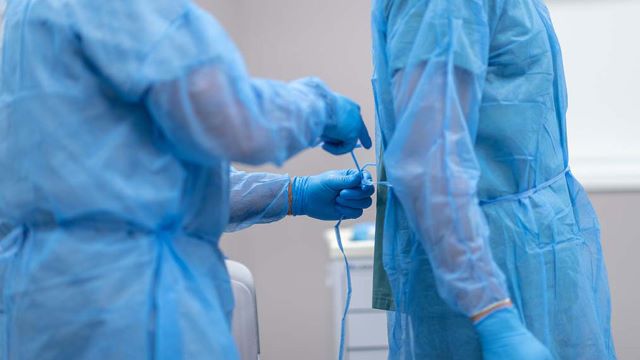
Face Masks
Face masks are crucial in any medical facility. Doctors, nurses and even patients wear masks in some cases. Sometimes it can be difficult to choose the right one, but there are five main categories to distinguish. The first one is the basic procedure face mask which is the most common type.
Doctors and dentists that are doing routine exams and check-ups use it all the time. The second one is antimicrobial masks. They’re used in situations with potential contamination. The antimicrobial incorporated in the mask kills any viruses and bacteria. The third group are masks with shields. Surgeons use these a lot because they protect their faces from splashes during procedures.
The fourth group is anaesthesia masks. They are used by both doctors and patients during surgery. The last group is the disposable face mask. This is a single-use mask worn by patients. It’s comfortable and lightweight. No matter which type you choose, they all do the job they’re intended to do.

